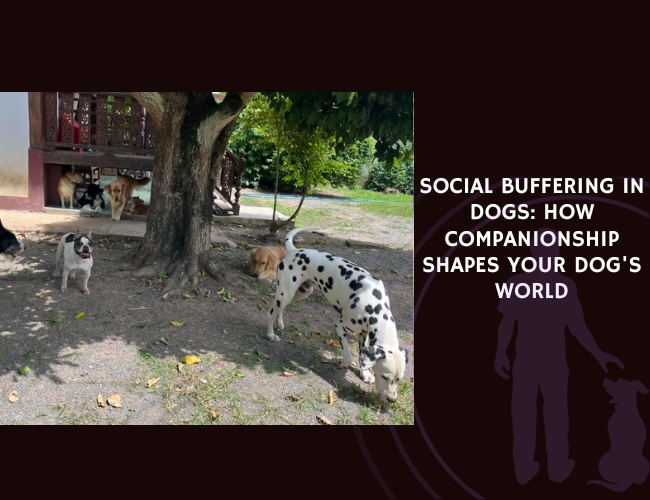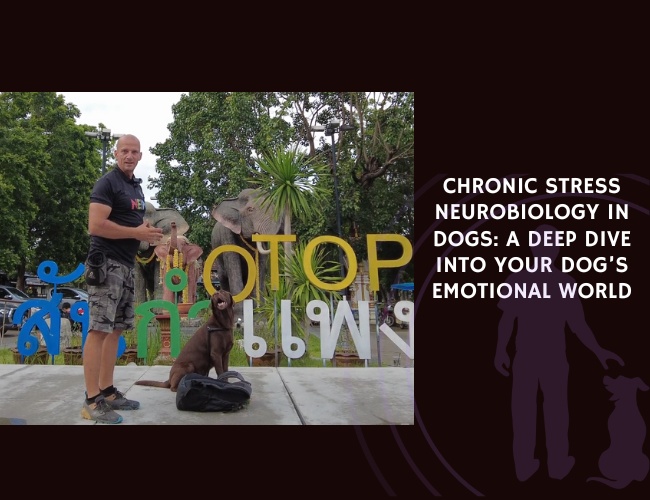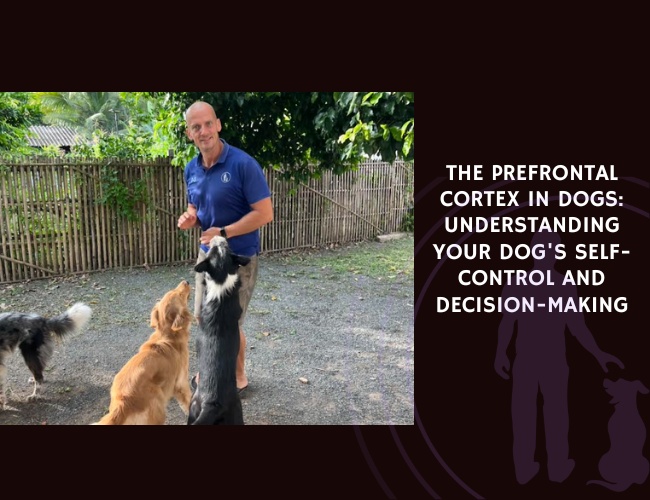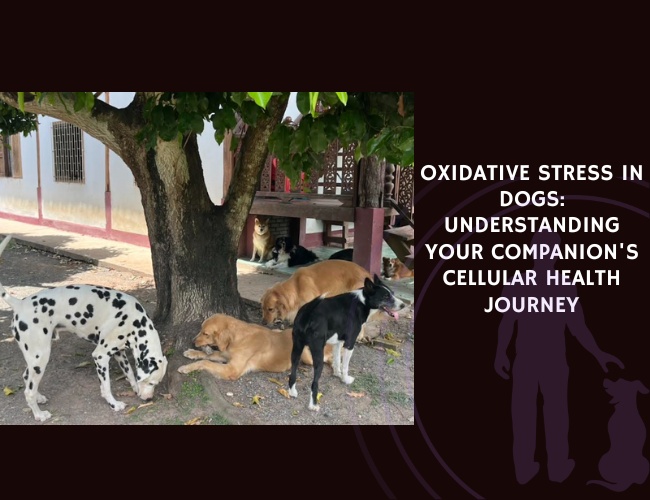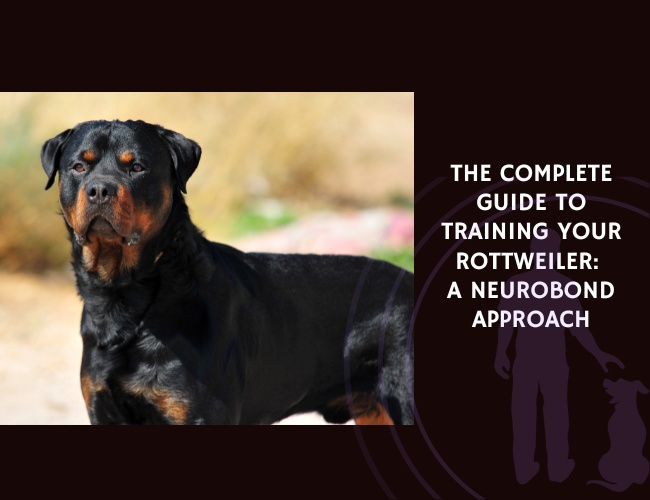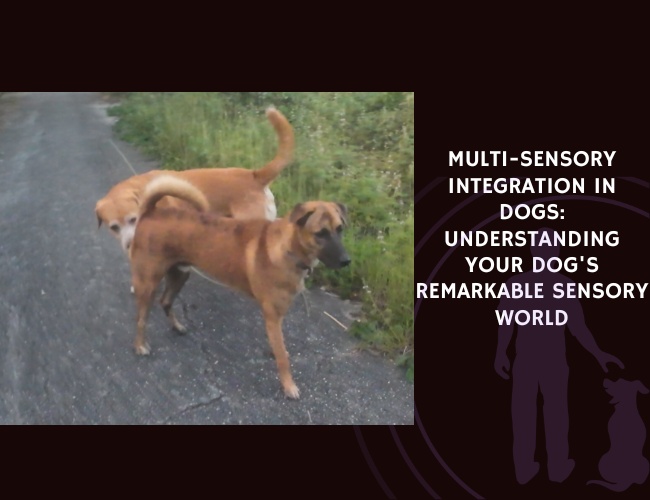Introduction: The Hidden Power of Connection
Have you ever noticed how your anxious dog seems to melt into calm when you sit beside them during a thunderstorm? Or watched as two dogs, curled together, weather the stress of a new environment with remarkable ease? This isn’t just heartwarming coincidence—it’s a profound biological phenomenon called social buffering, and it’s reshaping how we understand our dogs’ emotional lives.
Social buffering represents one of nature’s most elegant stress-management systems. Through companionship—whether with humans, other dogs, or even other species—our furry friends literally rewire their stress responses at the hormonal level. This invisible dance of neurochemistry doesn’t just make dogs feel better; it fundamentally transforms how their bodies process challenge and adversity.
In this comprehensive guide, we’ll explore the fascinating science behind how relationships protect your dog from stress, why some bonds work better than others, and most importantly, how you can harness this knowledge to build a more resilient, confident companion. Let’s dive into the remarkable world where love meets biology, and discover how companionship becomes medicine. 🐾
Understanding Social Buffering: The Science of Comfort
What Exactly Is Social Buffering?
At its core, social buffering describes how social connections dampen the body’s stress response. When your dog faces a stressor—be it a vet visit, fireworks, or separation—their hypothalamic-pituitary-adrenal (HPA) axis kicks into high gear, flooding their system with cortisol and other stress hormones. But here’s where it gets interesting: the presence of a trusted companion can literally dial down this response, sometimes by up to 50%.
Think of it as having a biological dimmer switch for stress. Without social support, that switch stays cranked to maximum brightness, overwhelming your dog’s system. With the right companion present, whether that’s you or another dog, the intensity drops to manageable levels. This isn’t just about feeling better emotionally—it’s about measurable changes in heart rate, hormone levels, and even immune function.
The implications are profound. Dogs with strong social buffers don’t just handle stress better in the moment; they develop more robust stress-management systems over time. This means better health outcomes, improved behavior, and ultimately, a higher quality of life for your four-legged friend.
The Evolutionary Advantage
Why did dogs develop such sophisticated social buffering mechanisms? The answer lies deep in their evolutionary history. As pack animals, ancestral wolves relied on group cohesion for survival. Those individuals who could regulate stress through social bonds were more likely to thrive within the pack structure, hunt cooperatively, and successfully raise offspring.
When dogs diverged from wolves and began their remarkable journey alongside humans, this capacity for social buffering didn’t disappear—it intensified and diversified. Modern dogs have evolved an extraordinary ability to buffer stress not just with their own species, but with us. This inter-species buffering represents one of the most successful evolutionary partnerships in history.
Your dog’s ability to find comfort in your presence isn’t just learned behavior; it’s written into their genetic code. Studies show that dogs’ brains release the same bonding hormones with humans that human parents release with their children. We’ve literally evolved together to be each other’s stress buffers.
The Neurochemical Orchestra: How Bodies Create Calm
Oxytocin: The Love Hormone’s Starring Role
When you stroke your dog’s fur or gaze into their eyes, something magical happens at the molecular level. Both your bodies begin producing oxytocin—often called the “love hormone” or “cuddle chemical.” This neuropeptide doesn’t just make you both feel warm and fuzzy; it actively suppresses cortisol production and promotes parasympathetic nervous system activation.
Research reveals that just three minutes of gentle petting can increase a dog’s oxytocin levels by up to 57%. What’s even more fascinating is that this effect is bidirectional—your oxytocin levels rise too, creating a feedback loop of mutual stress reduction. This biochemical conversation between species represents millions of years of co-evolution distilled into a simple, loving gesture.
But oxytocin does more than just feel good. It enhances social memory, helping your dog remember positive interactions and build stronger associations with safety and comfort. Dogs with higher baseline oxytocin levels show greater resilience to novel stressors and faster recovery from frightening experiences. In essence, every positive interaction you share is depositing into your dog’s emotional bank account, building reserves they can draw upon during challenging times.
Heart Rate Variability: The Body’s Stress Signature
While oxytocin works behind the scenes, heart rate variability (HRV) provides a window into your dog’s stress resilience in real-time. HRV measures the tiny variations between heartbeats—and counterintuitively, more variation is actually better. A healthy, resilient nervous system shows high HRV, indicating flexibility in responding to environmental demands.
Dogs experiencing effective social buffering show markedly increased HRV. This means their autonomic nervous system can more efficiently toggle between “rest and digest” and “fight or flight” modes. Instead of getting stuck in a stress response, socially buffered dogs can return to baseline more quickly. Think of it as the difference between a sports car with responsive steering versus one with a sticky accelerator—both might go fast, but only one can navigate challenges safely.
Remarkably, the quality of social bonds directly correlates with HRV improvements. Dogs with secure attachments to their humans show HRV patterns similar to those seen in experienced meditation practitioners among humans. Your presence literally helps your dog’s heart find its rhythm, creating a physiological state of coherence that promotes both immediate calm and long-term health.
Cortisol Regulation: Turning Down the Stress Dial
Cortisol often gets a bad reputation as the “stress hormone,” but it’s actually essential for survival. Problems arise when cortisol levels remain chronically elevated—a state all too common in isolated or poorly socialized dogs. This is where social buffering works its most dramatic magic.
Studies measuring salivary cortisol in dogs reveal striking patterns. Dogs facing a stressor alone might show cortisol spikes of 200-300% above baseline. The same dogs, facing the identical stressor with a bonded companion present, might only experience a 50-75% increase. Even more importantly, their cortisol levels return to normal much faster—sometimes in half the time.
This cortisol-dampening effect isn’t just about momentary comfort. Chronic cortisol elevation suppresses immune function, impairs memory formation, and can even damage brain structures involved in emotional regulation. By providing consistent social buffering, you’re not just helping your dog feel better—you’re protecting their brain and body from the corrosive effects of chronic stress.
Intra-Species Buffering: When Dogs Support Dogs
The Pack Mentality Advantage
Despite thousands of years of domestication, dogs retain their ancestral pack instincts. When housed with compatible companions, dogs create intricate social networks that provide multilayered stress protection. This isn’t just about having a playmate—it’s about establishing a functioning social ecosystem where each member contributes to collective emotional regulation.
Multi-dog households often witness this phenomenon firsthand. You might notice how your confident dog seems to lend courage to your anxious one during thunderstorms, or how dogs take turns being the “brave one” in different situations. This behavioral flexibility represents sophisticated social buffering in action. Dogs aren’t just passively benefiting from companionship; they’re actively participating in reciprocal stress management.
Research in shelter environments provides compelling evidence for intra-species buffering. Dogs housed in pairs show significantly lower cortisol levels, reduced stereotypical behaviors, and faster adoption rates compared to those housed alone. The presence of another dog can reduce stress indicators by 30-40%, even in the challenging shelter environment. This has led progressive shelters to implement “buddy systems” where compatible dogs share kennels, dramatically improving welfare outcomes.
Recognizing Effective Dog-to-Dog Bonds
Not all dog relationships provide equal buffering benefits. True stress-buffering partnerships show specific characteristics that you can learn to recognize:
Physical proximity seeking: Dogs who effectively buffer each other’s stress voluntarily maintain close physical contact, especially during challenging situations. They might sleep touching, seek each other out after startling events, or synchronize their movements during walks.
Emotional contagion regulation: While some emotional contagion between dogs is normal, effective social partners help regulate rather than amplify each other’s emotions. You’ll notice that one dog’s calm presence can settle the other, rather than both spiraling into anxiety together.
Reciprocal grooming and play: Social grooming releases endorphins and oxytocin, strengthening bonds while providing stress relief. Dogs who engage in mutual grooming, gentle play, and affiliative behaviors are building robust buffering relationships.
Building Better Dog-to-Dog Relationships
If you’re hoping to harness intra-species buffering for your dog, thoughtful relationship building is essential. Simply putting two dogs together doesn’t guarantee stress reduction—forced proximity without genuine affiliation can actually increase stress. Here’s how to foster genuine buffering bonds:
Start with careful introductions in neutral territory, allowing dogs to set their own pace for relationship development. Watch for signs of mutual interest rather than mere tolerance. Provide parallel positive experiences—feeding at comfortable distances, side-by-side walks, shared training sessions—that build positive associations without forcing interaction.
Create environments that support natural bonding. Dogs need both shared spaces and individual retreats. Provide multiple resources (beds, toys, water bowls) to prevent competition while encouraging voluntary sharing. Most importantly, respect individual personalities. Some dogs are natural social buffers, while others prefer human companionship. Forcing incompatible personalities together undermines the stress-reducing benefits you’re seeking.

Inter-Species Buffering: The Human-Dog Bond
Why Humans Are Super-Buffers for Dogs
The human-dog relationship represents something unprecedented in nature: deep emotional bonds between predator and prey species that transcend mere domestication. Your dog doesn’t just see you as a food provider or pack leader—neurologically, you occupy a unique category in their brain, activating regions associated with both social bonding and reward processing.
Functional MRI studies reveal that dogs’ brains respond to their humans’ scents and voices in ways remarkably similar to how human infants respond to their mothers. The caudate nucleus, rich in dopamine receptors, lights up when dogs encounter their special humans, even in the absence of food rewards. This suggests that your presence alone is inherently rewarding to your dog at the deepest neurological level.
What makes humans particularly effective stress buffers for dogs goes beyond simple familiarity. We provide predictability, resources, and most crucially, the ability to modify environments to reduce stressors. Your dog has learned that you can open doors, remove threatening stimuli, and provide comfort in ways other dogs cannot. This creates a unique form of “secure base” behavior, where your presence enables your dog to explore and cope with challenges they’d otherwise avoid.
The Attachment System in Action
Dogs display attachment behaviors toward their humans that mirror those seen in human parent-child relationships. Researchers have adapted the Strange Situation Procedure—originally designed to assess infant attachment—for dogs, revealing four distinct attachment styles that profoundly impact stress buffering effectiveness.
Secure attachment (seen in about 60% of dogs) provides the strongest buffering effects. These dogs seek proximity when stressed but can also explore independently when you’re present. They show joy at reunions without excessive distress during brief separations. Securely attached dogs demonstrate the most effective cortisol regulation and fastest recovery from stressors.
Anxious attachment manifests as clingy behavior and difficulty settling even when you’re present. These dogs may show paradoxical stress responses—seeking comfort while remaining physiologically aroused. While your presence still provides buffering, it’s less complete than with secure attachment.
Avoidant attachment appears as independence that masks underlying stress. These dogs might not seek comfort when distressed, showing suppressed but still elevated cortisol levels. Building buffering capacity requires patient trust-building and consistent positive interactions.
Disorganized attachment, thankfully rare, involves contradictory behaviors like approaching while showing fear signals. These dogs often have trauma histories and require professional behavioral support to develop healthy buffering relationships.
Strengthening Your Role as a Stress Buffer
Becoming a more effective stress buffer for your dog isn’t about constant coddling—it’s about providing consistent, predictable support that builds confidence. Here’s how to enhance your buffering capacity:
Practice calm confidence: Dogs are emotional barometers, detecting and mirroring your stress levels through chemosignals, body language, and vocal tones. When you remain calm during stressors, you’re literally teaching your dog’s nervous system how to regulate. Deep breathing, relaxed body posture, and steady vocal tones signal safety more effectively than any words.
Create predictable comfort rituals: Establish specific calming routines your dog can rely upon. This might be a particular massage technique, a calming mat routine, or a specific phrase paired with relaxation. These rituals become neurological anchors, triggering parasympathetic activation through conditioning.
Respect individual preferences: Some dogs find deep pressure soothing, while others prefer gentle touch or simply your quiet presence. Pay attention to what genuinely calms your individual dog—decreased panting, softer body posture, slower heart rate—rather than imposing human assumptions about comfort.
The Biochemistry of Bonding: Practical Applications
Touch Therapy and Hormonal Cascades
The power of touch to trigger social buffering deserves special attention. Different types of touch activate distinct neurological pathways, each contributing to stress reduction in unique ways. Understanding this allows you to tailor your physical interactions for maximum buffering benefit.
Slow, firm strokes along your dog’s body activate C-tactile afferents—specialized nerve fibers that respond specifically to affective touch. These neurons have direct connections to the insular cortex, influencing emotional processing and interoception. The optimal speed for activating these fibers is approximately 3-10 cm per second—about the natural pace of a comforting caress.
Gentle ear massage deserves special mention. Dogs’ ears contain numerous acupressure points and nerve endings. Gentle circular motions at the base of the ears can trigger vagus nerve activation, promoting the parasympathetic “rest and digest” response. Many dogs will literally sigh and soften as tension melts away. This technique can be particularly helpful during acute stressors like thunderstorms or vet visits.
Deep pressure, applied through techniques like gentle compression wraps or weighted blankets, activates proprioceptive input that can dramatically reduce anxiety. This isn’t about restraint—it’s about providing consistent, distributed pressure that helps the nervous system organize and calm. Dogs who enjoy leaning against you or burrowing under blankets are often self-medicating with deep pressure input.
Environmental Enrichment as Social Buffering
While direct social interaction provides the most potent buffering, environmental modifications can enhance and extend these benefits. Think of this as creating an ecosystem of comfort that supports social buffering even when direct interaction isn’t possible.
Scent preservation represents an underutilized buffering tool. Your worn clothing carries chemosignals that can provide comfort during separations. Rotating unwashed items that smell like you—old t-shirts, pillowcases—gives your dog access to your calming presence even when you’re away. Some dogs show measurably lower cortisol levels when provided with their human’s scent during stressful procedures.
Auditory buffering through recorded voices or calming music can extend your stress-buffering presence. Dogs can distinguish their humans’ voices from strangers, and recordings of your calm, conversational voice can provide comfort during alone time. Classical music, particularly pieces with 50-60 beats per minute, can enhance this effect by promoting cardiac coherence.
Visual connections matter more than many realize. Dogs who can see their humans—even from a distance—show lower stress responses than those who cannot. Strategic placement of beds, crates, or resting areas that maintain visual contact while respecting personal space can provide continuous low-level buffering throughout the day.
Calm. Together. Strong.
Connection changes biology. Social buffering allows a dog’s trusted bonds—whether with humans or other dogs—to literally reduce cortisol, balance heart rhythms, and restore emotional stability in moments of stress.
Bonds are built, not assumed. True buffering relationships show proximity, mutual trust, and emotional regulation, where one partner’s calm helps settle the other. Forced or incompatible pairings can heighten stress instead of easing it.


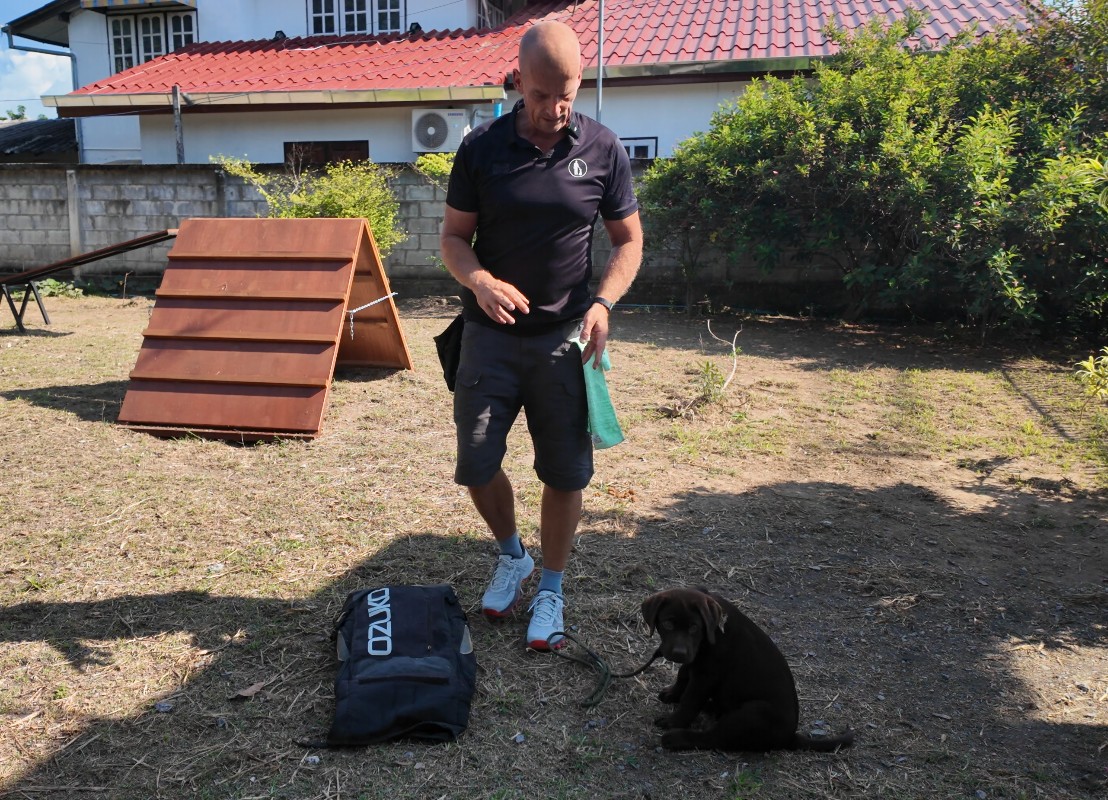
Love is medicine. Every gentle interaction deposits resilience into your dog’s “emotional bank,” shaping a body and mind that recover faster, adapt better, and live more confidently in a changing world.
Nutrition’s Hidden Role in Stress Resilience
The Gut-Brain Axis and Social Behavior
The connection between nutrition and social buffering might seem tenuous, but emerging research reveals profound interconnections. The gut-brain axis—the bidirectional communication between digestive and nervous systems—significantly influences stress resilience and social behavior. What your dog eats literally affects their capacity to benefit from social buffering.
The gut microbiome produces neurotransmitters including serotonin, GABA, and dopamine—all crucial for emotional regulation and social bonding. Dogs with diverse, healthy microbiomes show better stress resilience and more successful social interactions. Conversely, dysbiosis (microbial imbalance) correlates with increased anxiety, reduced social engagement, and diminished response to social buffering.
Inflammatory processes triggered by poor nutrition can impair the very neurological systems that enable social buffering. Chronic inflammation affects the prefrontal cortex and hippocampus—brain regions essential for emotional regulation and social processing. By optimizing nutrition, you’re not just supporting physical health; you’re enhancing your dog’s capacity to connect and find comfort in relationships.
Nutritional Strategies for Enhanced Buffering
Omega-3 fatty acids deserve top billing in any stress-reduction nutritional plan. EPA and DHA, found in fish oil, directly influence cortisol production and inflammatory pathways. Dogs supplemented with omega-3s show improved HRV, lower baseline cortisol, and better response to social buffering. The anti-inflammatory effects also protect the brain structures involved in processing social bonds.
Probiotic support can enhance the gut-brain axis, improving both stress resilience and social behavior. Look for multi-strain probiotics that include Lactobacillus and Bifidobacterium species. Some strains, like Lactobacillus rhamnosus, have been shown to reduce stress-related behaviors and improve social interaction in animal studies. Combined with prebiotic fibers that feed beneficial bacteria, probiotics can optimize the microbiome’s contribution to emotional regulation.
Adaptogenic herbs like ashwagandha, rhodiola, and holy basil can support the HPA axis, improving your dog’s baseline stress resilience. While not replacements for social buffering, these herbs can enhance your dog’s capacity to benefit from social support. Always consult with a veterinary herbalist for appropriate dosing and safety considerations.
Tryptophan and B-vitamins support serotonin production, influencing mood and social behavior. Turkey, eggs, and spinach provide natural tryptophan, while B-complex vitamins support the conversion to serotonin. Dogs with adequate serotonin levels show better social engagement and more effective stress recovery when buffering is available.
Timing Nutrition for Optimal Buffering
When you feed matters almost as much as what you feed. The timing of meals can influence cortisol rhythms and stress responsiveness. Consider these strategies:
Morning protein helps establish healthy cortisol rhythms. A protein-rich breakfast supports the natural morning cortisol peak while providing amino acids for neurotransmitter production throughout the day.
Pre-stress supplementation: If you can anticipate stressors (vet visits, grooming, travel), providing omega-3s or adaptogenic herbs 1-2 hours beforehand can enhance buffering effectiveness. This primes the system for better stress response regulation.
Post-stress recovery nutrition: After stressful events, easily digestible proteins and complex carbohydrates can support recovery. The combination helps restore depleted neurotransmitters while stabilizing blood sugar, preventing secondary stress from metabolic fluctuations.
Real-World Applications: Making Buffering Work
During Veterinary Visits
Veterinary visits represent one of the most common and intense stressors for dogs. Understanding how to maximize social buffering during these experiences can transform them from traumatic ordeals into manageable challenges.
Pre-visit preparation starts days before the appointment. Practice calm car rides, reward relaxation in the carrier, and create positive associations with handling. This preparation enhances your dog’s ability to use you as a buffer when stress peaks.
During the visit, your positioning matters enormously. Whenever possible, maintain physical contact—a hand on your dog’s chest or gentle ear massage can provide continuous oxytocin release. Keep your breathing slow and deep; dogs synchronize their breathing with ours, so your calm respiration literally guides their nervous system toward relaxation.
The power of voice shouldn’t be underestimated. Continuous, calm verbal reassurance in a slightly higher pitch than normal conversation can maintain social connection even during uncomfortable procedures. This “motherese” tone naturally triggers comforting associations and has been shown to reduce cortisol levels during veterinary handling.
Managing Separation Anxiety
Separation anxiety represents a breakdown in your dog’s ability to self-soothe without their primary social buffer—you. Rebuilding this capacity requires graduated exposure combined with enhanced buffering when you’re present.
Start by strengthening your buffering effectiveness during togetherness. Engage in activities that boost oxytocin and build secure attachment—gentle grooming, training games, synchronized walking. This creates a stronger “emotional reservoir” your dog can draw upon during separations.
Practice micro-separations while remaining in the house. Step behind a door for seconds, then return before anxiety peaks. Your calm return reinforces that separations are temporary and survivable. Gradually increase duration and distance, always returning before your dog’s stress exceeds their coping capacity.
Create a network of secondary buffers. While you’re the primary attachment figure, helping your dog develop relationships with other humans or dogs provides backup support. A trusted dog walker, family member, or canine friend can provide intermediate buffering that bridges longer separations.
Multi-Dog Household Dynamics
Managing social buffering in multi-dog households requires understanding both individual and group dynamics. Dogs don’t automatically buffer each other’s stress—sometimes they amplify it. Creating effective buffering networks requires intentional management.
Identify natural buffers and amplifiers in your pack. Some dogs naturally calm others, while some tend to escalate group anxiety. During stressful events, strategically position natural buffers near anxious dogs while creating distance from amplifiers. This might mean feeding the calm dog closer to the anxious one, or having your steady dog accompany the fearful one to the vet.
Prevent emotional contagion by managing the group’s overall arousal level. If one dog becomes stressed, immediately engage calming protocols for all dogs—not just the anxious one. This prevents stress from cascading through the group and maintains the buffering capacity of calmer individuals.
Respect individual coping styles. Some dogs buffer stress through play, others through quiet companionship. Don’t force unified responses to stress. Allow the playful dogs to engage in stress-relieving play while providing quiet comfort to those who prefer stillness. This diversity of coping strategies can actually strengthen the group’s overall resilience.
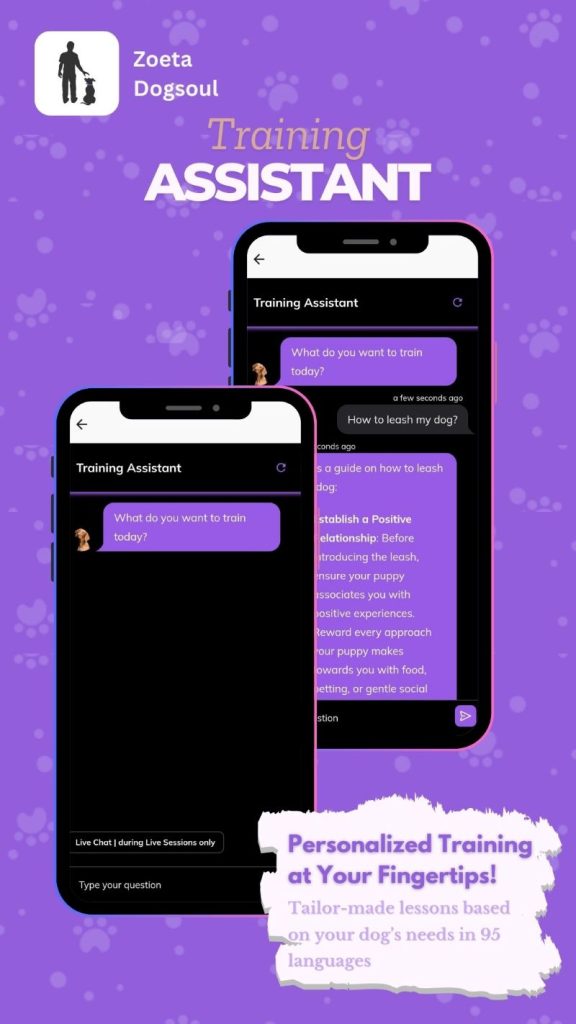
Recognizing Buffering Breakdown
When Social Support Isn’t Enough
While social buffering is powerful, it has limits. Recognizing when your dog needs more than companionship can prevent suffering and guide you toward appropriate interventions. Here are key signs that social buffering alone isn’t sufficient:
Persistent physiological stress markers despite social support indicate overwhelmed coping systems. If your dog continues showing dilated pupils, excessive panting, or trembling even with you present, their stress exceeds buffering capacity. This often occurs with noise phobias, severe separation anxiety, or trauma responses.
Behavioral regression in the presence of buffers suggests deeper issues. If your housetrained dog eliminates indoors while you’re home, or your social dog becomes aggressive despite familiar companions, underlying medical or psychological issues may need addressing.
Paradoxical reactions to comfort warrant special attention. Dogs who become more agitated when comforted, or who frantically seek then reject social contact, may be experiencing neurological dysregulation that requires professional intervention. This pattern often emerges in dogs with past trauma or certain medical conditions affecting the nervous system.
Building Resilience When Buffering Fails
When social buffering proves insufficient, don’t abandon it—augment it. Think of building a scaffolding of support that includes but extends beyond social connection.
Professional behavioral intervention can identify why buffering isn’t working and develop targeted protocols. Certified behaviorists can assess whether trauma, medical issues, or learned patterns interfere with natural buffering mechanisms. They might recommend systematic desensitization, counter-conditioning, or in severe cases, pharmaceutical support to restore buffering capacity.
Medical evaluation is crucial when buffering suddenly stops working. Thyroid dysfunction, chronic pain, cognitive decline, and other medical issues can impair the neurological systems that enable social buffering. Addressing underlying health issues often restores social buffering effectiveness.
Pharmaceutical bridges aren’t failures—they’re tools that can restore your dog’s ability to benefit from social support. Medications like trazodone or gabapentin can reduce anxiety to levels where social buffering becomes effective again. Think of them as temporary scaffolding that supports healing, not permanent crutches.
The Senior Years: Buffering Through Life Transitions
How Aging Affects Social Buffering
As dogs age, their social buffering needs and capacities evolve. Understanding these changes helps you adapt your support to maintain effective stress regulation throughout your dog’s golden years.
Sensory decline can impair social buffering mechanisms. Dogs who can’t clearly see or hear their companions may not receive the full stress-reducing benefits of their presence. You might notice your senior dog seeking more physical contact to compensate for diminished distance senses. This isn’t neediness—it’s adaptive behavior maintaining social buffering through alternative channels.
Cognitive changes affect attachment behaviors and stress responses. Senior dogs may show increased separation anxiety, confusion about familiar companions, or altered social preferences. The dog who once preferred canine companionship might now seek primarily human contact, or vice versa. Respecting these evolving preferences maintains buffering effectiveness.
Physical discomfort can interfere with social buffering. Arthritis might make your dog reluctant to seek physical comfort, while still craving social connection. Creative solutions—raised beds that allow easy access, gentle touch that doesn’t require position changes, or simply your quiet presence—can maintain buffering benefits while respecting physical limitations.
Adapting Buffering Strategies for Senior Dogs
Increase predictability to compensate for cognitive changes. Senior dogs benefit from consistent routines that reduce anxiety and maximize buffering opportunities. Regular meal times, predictable comfort sessions, and maintaining familiar social patterns help older dogs access buffering benefits despite cognitive decline.
Enhance sensory accessibility by adapting how you provide social support. Use touch to announce your presence before visual or auditory cues. Maintain physical contact during potentially stressful situations when your dog might not reliably track your location otherwise. Consider pheromone diffusers that provide chemical comfort signals even when other senses decline.
Support the support network by helping younger dogs understand the senior’s changing needs. If your older dog no longer enjoys boisterous play but still seeks companionship, teach younger dogs calm interaction styles. This might involve rewarding gentle approaches, parallel resting, or quiet companionship that provides buffering without overwhelming the senior.
Practical Protocols for Enhanced Buffering
The Daily Buffering Routine
Creating intentional moments for social buffering throughout the day builds resilience reserves your dog can draw upon during unexpected stressors. Here’s a sample protocol you can adapt:
Morning connection (5-10 minutes): Start the day with gentle touch and calm interaction. Before the rush of morning routines, spend focused time providing affectionate contact. This establishes a calm baseline and “fills the tank” with oxytocin and positive social connection.
Midday check-in (2-3 minutes): Even brief social interactions provide buffering benefits. A quick ear massage, gentle words, or synchronized breathing can reset stress levels accumulated through the morning. For dogs alone during workdays, this might be a lunchtime visit or a scheduled walker who provides affectionate interaction.
Evening decompression (10-15 minutes): As the day’s activities wind down, engaged relaxation together promotes recovery from daily stressors. This might involve gentle grooming, massage, or simply sharing quiet space. The key is focused, present attention rather than distracted coexistence.
Bedtime ritual (3-5 minutes): Establish a calming routine that signals safety and promotes restful sleep. This might include a specific phrase, gentle touch pattern, or positioning that signals the day’s end and your continued presence through the night.
Emergency Buffering Protocols
When acute stressors strike—thunderstorms, fireworks, injuries—having practiced emergency buffering protocols can mean the difference between panic and manageable stress.
The Comfort Position: Practice a specific physical position that provides maximum contact and security. For many dogs, this involves sitting with their back against your legs while you provide firm, even pressure along their sides. Practice this position during calm times so it becomes automatically comforting during stress.
Breathing synchronization: Dogs naturally match their breathing to ours. During acute stress, consciously slow your breathing to 4-6 breaths per minute. Place your hand on your dog’s ribs and gently encourage matching your rhythm through subtle pressure changes. This vagus nerve activation can dramatically reduce panic responses.
The Calming Circuit: Develop a specific sequence of touch points that trigger relaxation. This might flow from ears to chest to shoulders to back. Practice this sequence daily during calm moments. During stress, this familiar pattern becomes an anchor, guiding your dog’s nervous system toward regulation.
Conclusion: Building a Lifetime of Resilience
Social buffering isn’t just a scientific curiosity—it’s a fundamental aspect of your dog’s emotional and physical health. Every interaction you share, every moment of comfort you provide, contributes to a complex neurobiological system that protects your dog from life’s inevitable stressors.
Understanding the science behind social buffering empowers you to be more than just a loving companion—you become an active partner in your dog’s stress resilience. From the oxytocin released during morning cuddles to the cortisol regulation provided by your calm presence during thunderstorms, you’re literally shaping your dog’s nervous system with every interaction.
But remember, effective buffering isn’t about constant hovering or preventing all stress. It’s about providing a secure base from which your dog can explore, learn, and grow. The goal isn’t a stress-free life—it’s a life where stress is manageable, recovery is swift, and challenges become opportunities for growth rather than sources of trauma.
As you implement these insights, pay attention to your individual dog’s responses. Some dogs thrive with constant companionship, while others need space to process. Some find deep pressure calming, while others prefer gentle touch. Your dog will teach you how to be their most effective buffer if you watch and listen.
The beautiful truth about social buffering is that it benefits both parties. As you provide comfort to your dog, your own stress levels decrease, your oxytocin rises, and your heart rate variability improves. In becoming your dog’s stress buffer, you enhance your own resilience. This reciprocal exchange represents the very essence of the human-dog bond—a partnership where both species emerge stronger, calmer, and more capable of facing life’s challenges.
Is your relationship ready to become your dog’s strongest asset against stress? The journey toward enhanced social buffering starts with your next interaction. Make it count. 🧡
Next Steps for Your Buffering Journey
Ready to put this knowledge into practice? Start with one simple change: add five minutes of intentional, focused bonding time to your daily routine. Notice how your dog responds. Watch for softening body language, deeper breathing, and that contented sigh that says “all is well.”
Remember, every moment of connection is an investment in your dog’s emotional bank account. The dividends—paid in resilience, health, and unshakeable trust—will enrich both your lives for years to come.

